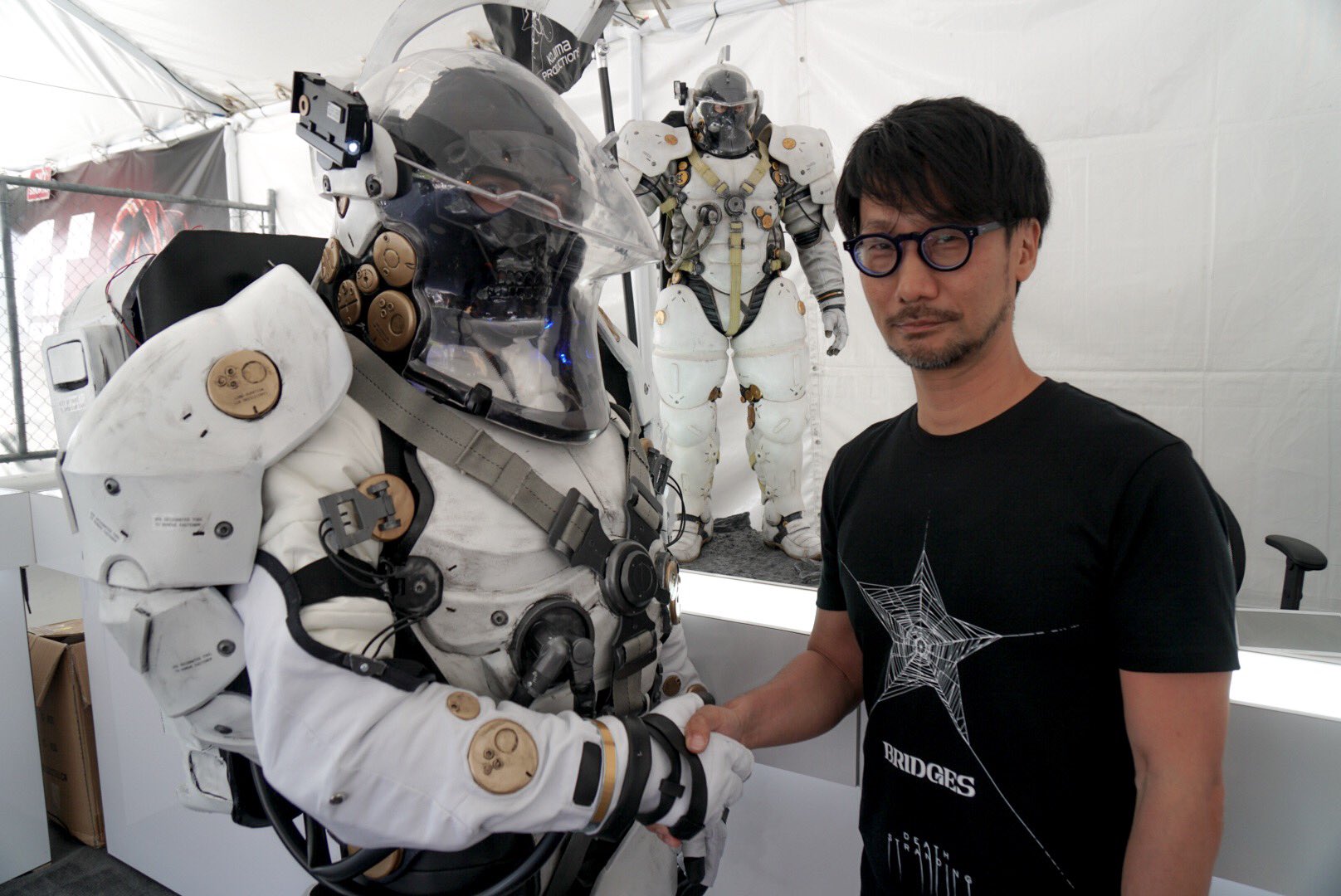
Recently, a friend asked me where I bought the foam I use for my cosplay armor. I actually get this question a lot, so I thought it deserved it’s own post. I use different types of thickness and density foam depending on what I am trying to make. Color of foam isn’t really important, but I prefer darker types just in case the inside of my armor were to be exposed. Also, if you’re interested in how I paint my foam to make it not look like foam, you can check out this post here: How to Seal and Paint Foam Armor for Cosplay. First, I’ll share links to the different types of foam I use, and then I’ll explain the different uses for each.
Foam Materials List (Paid links)
- 1/4″ Thickness Anti-fatigue Foam Flooring mat (smooth on one side)
- 1/4″ Thickness Cross-Link Polyethylene 2lbs density foam (smooth both sides)
- 1/2″ Interlocking Anti-Fatigue Foam Mat
- 6mm Thickness Foam Sheets (9″X12″)
- 2mm Thickness Foam Roll (30″ x 60″)
Description of Uses
1/4″ Thickness Anti-fatigue Foam Flooring mat (smooth on one side)

I used this foam to build most my foam Iron Man’s and Alphonse Elric. It’s pretty strong and the roll comes in a huge piece, but the only downside is that only one side is smooth while the other is textured (which will make layering troublesome). Having it come in such a large pieces makes it useful when cutting out larger patterns (which is why it was useful for Alphonse). Whats nice about this foam is that once you have it glued together, your armor piece won’t really be that floppy due to the density.
1/4″ Thickness Cross-Link Polyethylene 2lbs density foam (smooth both sides)
I used this foam for my Perfect Cell and the bracers/shin guards for Yaiba. It’s smooth on both sides, so it’s good for layering pieces. The downside is that this foam can be a bit floppy for larger pieces. This really doesn’t matter when finishing a piece with vinyl (like Perfect Cell) or worbla (which I did for my Yaiba bracer and shin guards) which will stiffen the pieces
1/2″ Interlocking Anti-Fatigue Foam Mat
When I need thicker foam to sculpt down with Dremel sanding wheels, I use this stuff. Example is the sculpted the muscles on my Raiden cosplay. I try not to use this thickness too much because it’s a bit more difficult to bend but it’s an excellent thickness to sculpt down. One side is textured as well, so it makes it tedious to sculpt both sides (not impossible, but tedious)
6mm Thickness Foam Sheets (9″X12″)
Since this foam is smooth on both sides, I used it to simulate sharpened blade edges when I trim it down with a Dremel. The blades on my Raiden armor were made with this foam.
2mm Thickness Foam Roll (30″ x 60″)
I use this super thin foam usually for finger pieces, as well as making raised details over thicker foam. Example would be the Venom Snake arms I made and also Homura’s time shield. I used ¼” foam as a base, then used 2mm foam to simulate the raised details. 2mm is also useful for creating a foam skeleton for worbla armor. I also made a Venom Snake arm using worbla.
So that pretty much covers the different types of foam I use. Comment below if you have more questions and follow me on facebook for more update.

















3 Comments
Perfect Cell Cosplay at Anime LA 2015 - Otaku and Fit · January 31, 2015 at 8:46 pm
[…] I spent about 3 months of hard work trying to crank this out for the con. It wa also my first time experimenting with full on clown make-up. When I have some time, I will be writing a tutorial on the new methods I used to coat the foam (which involves using automotive vinyl like this), but for now just sharing pictures and video clips from the con. Oh, and if you’re wondering what foam I used, check out this post here. […]
Selecting EVA Foam for Armor | Costuming, Cosplay & Costume Clubs 101 · June 20, 2016 at 8:14 pm
[…] Foam Buying Guide for Cosplay Armor […]
5 different Costuming foams (and their applications!) | Novartem · June 13, 2017 at 2:54 pm
[…] L200/ Polyethylene foam : https://www.otakuandfit.com/foam-buying-guide-cosplay-armor/ […]